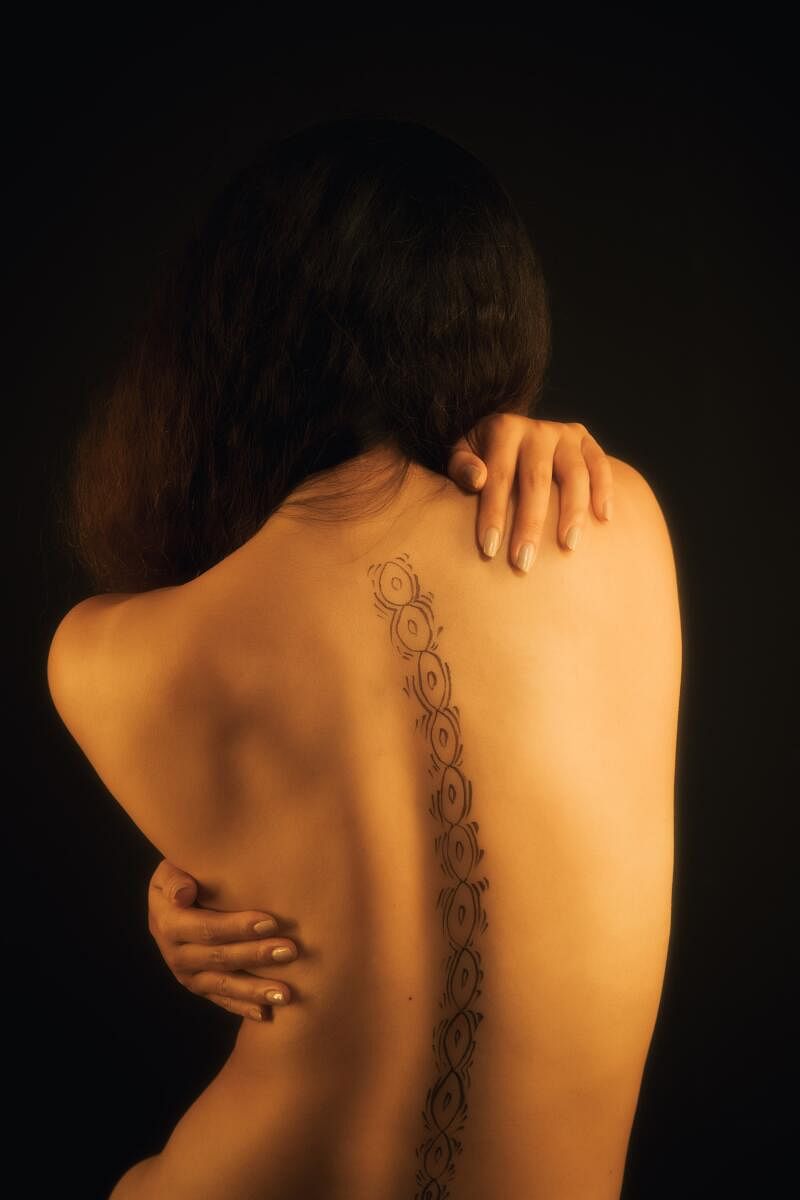
Scoliosis is a spine condition that simply refers to an abnormal curvature of the spine in which the spine curves to the side, causing an “S” or “C” shape. The signs of scoliosis can be subtle and may not be noticed until the curvature is more pronounced. While scoliosis can develop at any age, it most commonly affects children during the growth just before puberty. Early detection and treatment of scoliosis are important because this condition can progress and become more severe over time, leading to pain and breathing difficulties. The visible deformity affects the psychological well-being of the growing child.
Early screening
Regular scoliosis school screening is important for the early detection and monitoring of scoliosis. These screenings typically involve a physical examination by a doctor or trained paramedical staff, who will look for any signs of spinal curvature in the form of the unevenness of shoulders/hips, rib hump, and a goniometer test to measure the angle of deformity of the chest wall. A curve of up to 10 degrees is considered normal. A curvature beyond 10 degrees constitutes scoliosis. If the results indicate scoliosis, but the curvature is 10-25 degrees, doctors usually suggest observation and yearly reviews with radiographs. In patients over 25-45 degrees of scoliosis, it is recommended to wear a brace to prevent progression. A well-fitted brace used for 23 hours a day is the gold standard for the treatment. If the curve exceeds 45 degrees in the thoracic region or 40 degrees in the lumbar region, surgery may be necessary to address the condition and prevent it from worsening.
The Indian challenge
Scoliosis is a common condition, yet often goes undiagnosed until it has advanced to the point where a surgical approach is required to prevent the curvature from worsening and improve the patient’s quality of life. Unfortunately, this is often the case in India due to a lack of regular school scoliosis screening programmes and as a result, most scoliotic children present in late stages wherein surgery becomes inevitable.
In countries like the United States, every year children between the ages of 10-15 years undergo a regular spinal screening, where a paramedical staff performs Adam’s forward bend test. If the test shows an asymmetry in the shoulder, pelvis, or rib hump of more than 7 degrees, the child is referred for a standing whole spine X-ray to detect scoliosis.
Surgery is sometimes necessary for scoliosis, but it depends on the severity of the individual case and the age of the patient. Every year, there are about 400 children with scoliosis of which, over 150 people are kept under observation, another 150 in bracing, and the rest 100 fall in the surgical category. Delaying intervention leads to higher costs, pain, and risk of complications, including paralysis of the lower limbs. Surgery at a 45-50 degree curve carries a low risk of paralysis (less than 1%), while a 90-degree curve carries a much higher risk (5%).
This emphasises the importance of regular screening and early detection, which can make all the difference in the treatment and management of scoliosis.
Currently, there is a pressing need for regular scoliosis screening programmes to be implemented in schools and healthcare centres in India. This will help detect scoliosis early, enabling a roadmap for prompt treatment, and preventing the progression of the condition, ultimately leading to better outcomes for children. By making regular spinal screening a priority, we can ensure that children receive the care they need and live their lives to the fullest.
(The author is a consultant in robotic spine surgery.)